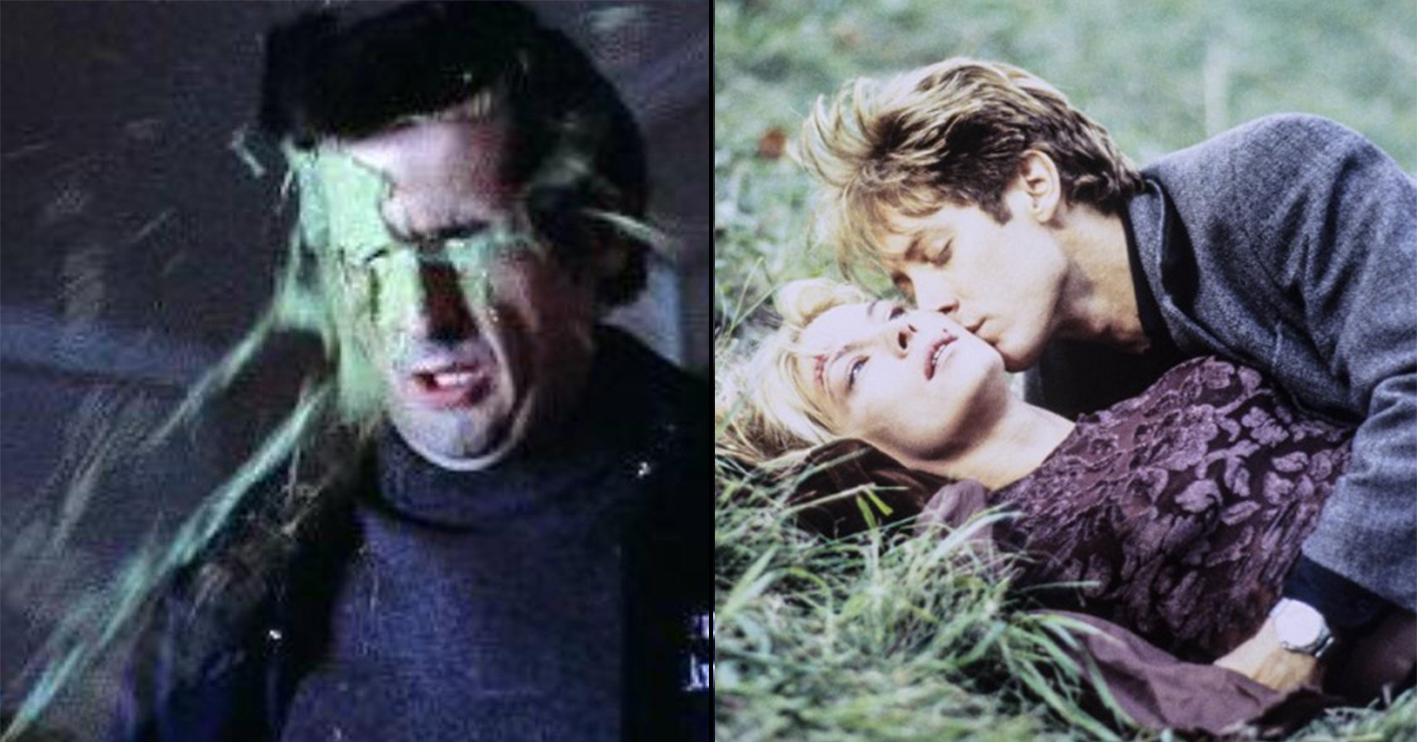Many of us love a good horror movie. After all, who doesn’t enjoy being scared witless from the comfort of their cinema seat? Sometimes, however, directors can take the shock factor just a little too far, leading to audiences actually walking out of screenings altogether. Here we’ve rounded up a bunch of movies that caused audiences to actually walk out of the cinema in sheer disgust – or fear.
20. 127 Hours
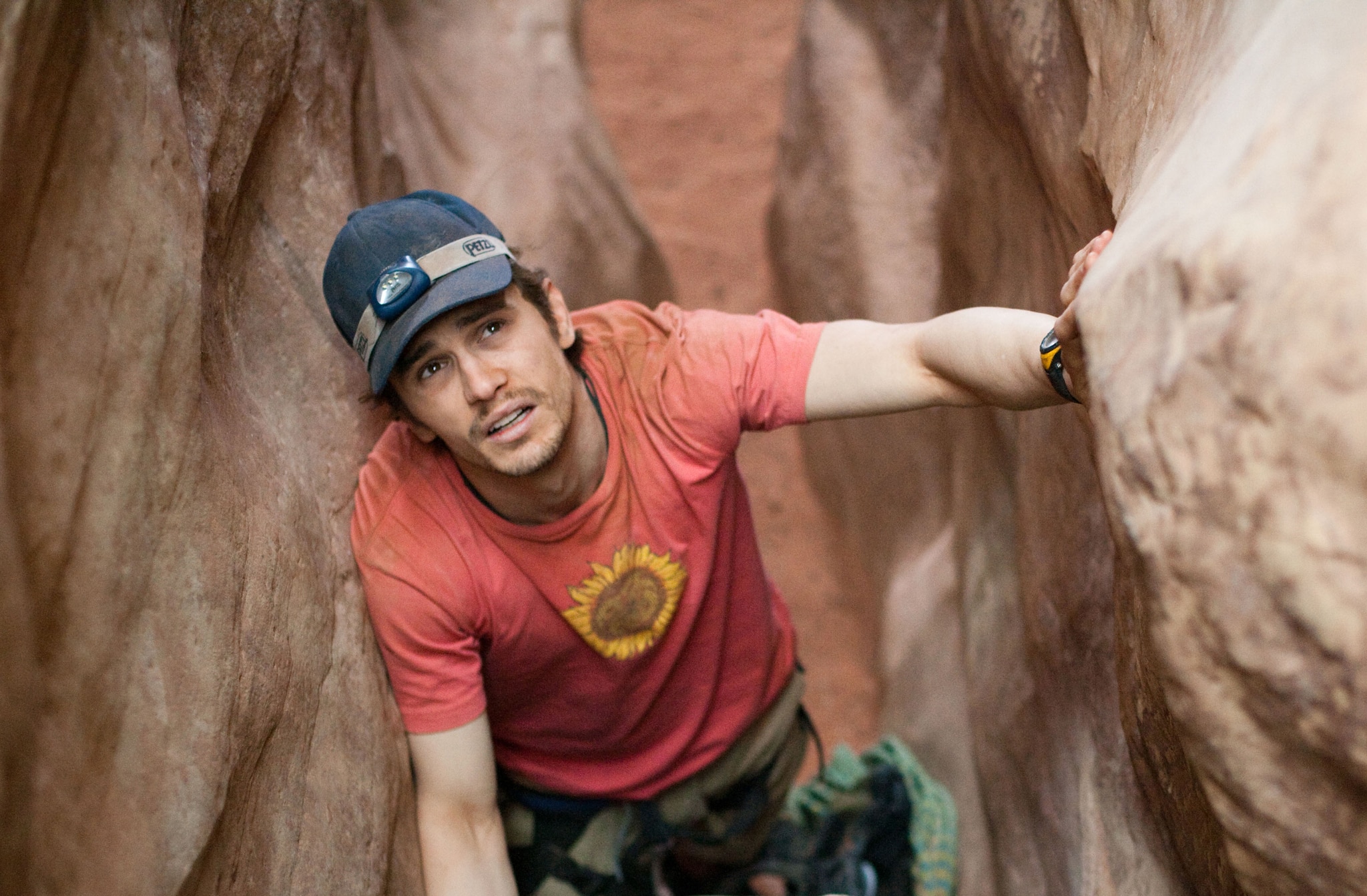
James Franco may be considered somewhat of a heartthrob (before all those sexual misconduct accusations, at least), but even he couldn’t keep viewers in their seats in the most harrowing scenes of Danny Boyle’s fact-based 2010 drama 127 Hours. The film sees Franco’s Aron Ralston trap his arm between a boulder and a rock wall whilst hiking Utah’s Canyonlands National Park.
After countless attempts to free himself, Ralston eventually resorts to sawing off his own arm with a blunt penknife. During screenings at a number of film festivals, viewers were left so aghast by the grisly footage that some actually walked out of the theatre. One critic later declared this to have been the most shocking audience reaction since The Exorcist.
19. The Exorcist

Speaking of The Exorcist, 1973 horror classic is renowned for its shocking scenes, and no “movie walkout” list would be complete without it. With its sinister, often repulsive scenes of demonic possession played out in a quasi-realistic manner, director William Friedkin’s film was designed to shock.
Audience members were left appalled by the violent acts the film depicted, but the straw that broke the camel’s back was the scene involving the crucifix (you know the one). In Britain, so appalled BBFC head James Ferman that he refused to grant The Exorcist a certificate for home release; it remained effectively banned on VHS and DVD in the UK until Ferman retired in 1999.
18. Reservoir Dogs

Quentin Tarantino has built a career upon bloody violence, starting with the shock factor right out of the gate with Reservoir Dogs. Set to the bubblegum pop soundtrack of Stuck in the Middle with You, the film’s disturbing torture scene immediately set stomachs turning when it hit the festival circuit in 1992.
Famously, even the King of Slashers himself, Wes Craven, walked out of a screening of the movie. Much to Tarantino’s delight, Craven later admitted that he just could not hack (if you’ll excuse the pun) the nature of the scene. This is in spite of the fact that the scene does not show much graphic bloodshed, with the camera quickly panning away as things get truly nasty.
17. Alien

Director Ridley Scott’s infamous “chestburster” sequence caused chaos during initial screenings of his 1979 sci-fi horror movie, Alien. Probably the most notorious scene in the space-set shocker, it depicts the forceful exit of an infant alien from the chest of John Hurt’s Kane.
The shocking, grisly moment prompted walkouts when the film first hit screens – and in fact, it wasn’t only audience members that were scarred by the scene. Scott deliberately failed to inform cast members other than Hurt about what the scene would entail on-set, meaning their sheer horror and terror in the scene is largely genuine.
16. Psycho

This classic from legendary thriller director Alfred Hitchcock incited feelings of sheer terror upon its release in 1960. Psycho subverted expectation by killing off its biggest star, Janet Leigh, only half an hour in – stabbed to death in the shower, no less, in an iconic sequence shot and edited in such a way to leave the viewer thinking that it’s more explicit than it actually is.
Various media outlets at the time reported that viewers were left so horrified that some fled from the cinema or fainted in their seats. Word of mouth soon told of the film’s disturbing effects, with horror fans flocking to the cinema to try and withstand the horror Psycho depicted.
15. The Texas Chain Saw Massacre
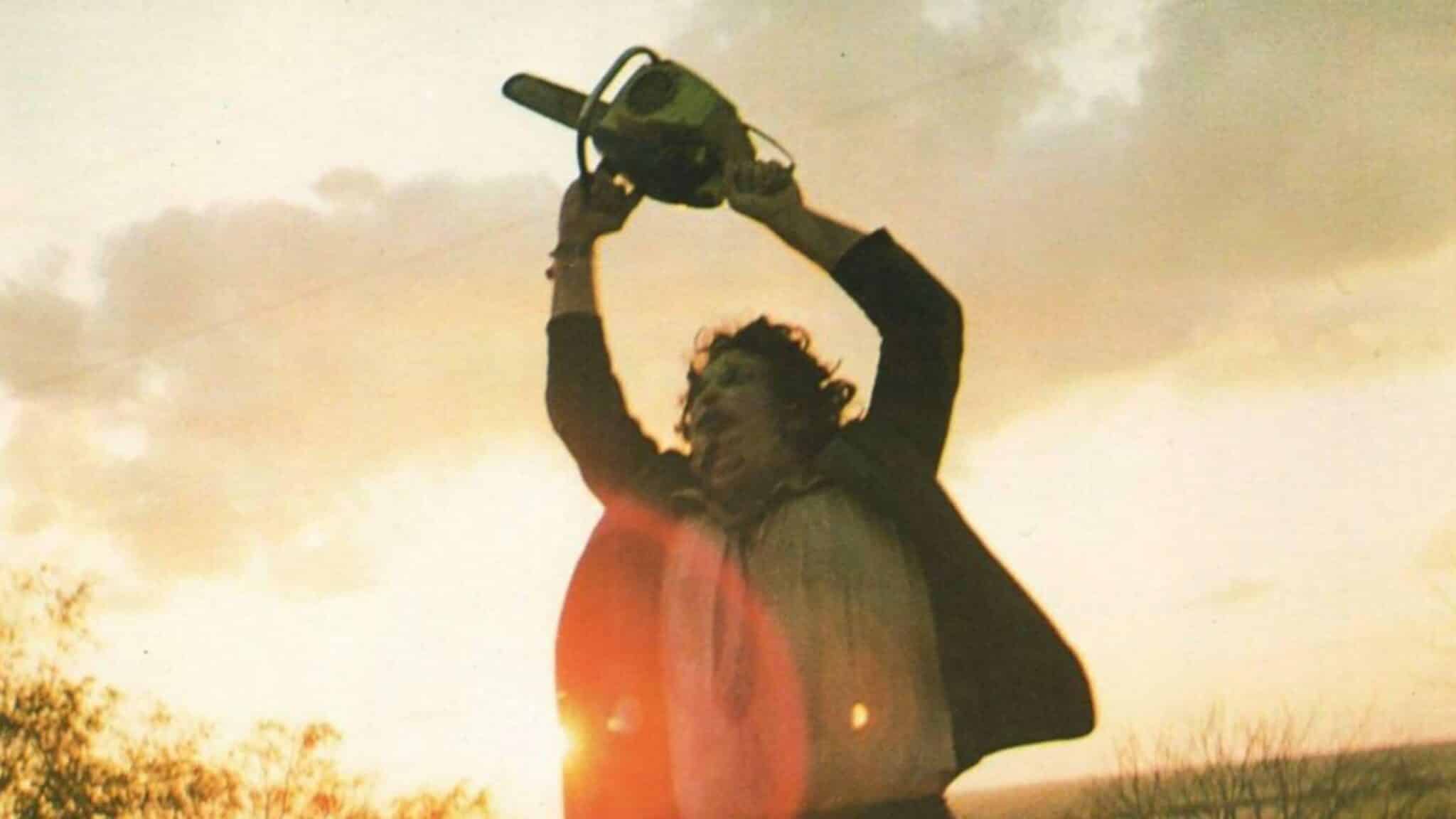
Tobe Hooper’s groundbreaking 1974 shocker, The Texas Chain Saw Massacre had a limited budget and inexperienced cast, yet the film proved stunning in its brutal intensity. However, like Psycho before it, the film features virtually no onscreen bloodshed, despite its reputation for shocking violence.
The Texas Chain Saw Massacre was so disturbing that some viewers who saw it on original release went so far as to threaten to sue theatre owners for moral bankruptcy. Much like The Exorcist, it was banned in Britain under the orders of James Ferman, only to be passed with an 18 when Ferman stood down.
14. Freaks
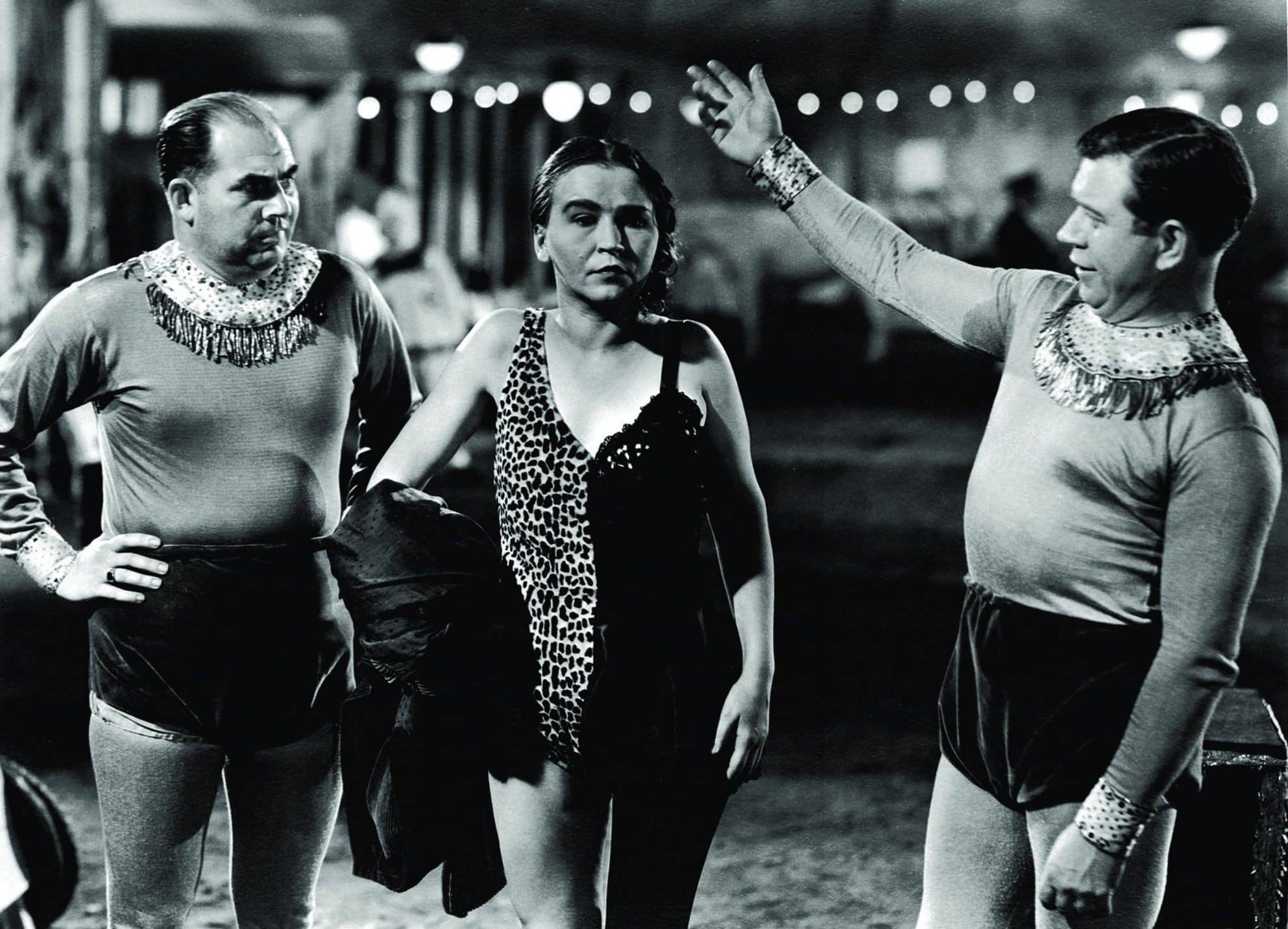
Director Tod Browning’s Freaks would not be considered PC by today’s standards, and it seems audiences back in 1932 weren’t so keen on it, either, but for very different reasons. The cast members of Freaks were people with real disabilities, many of whom worked in the circus before they were given a chance at stardom.
Although the film somewhat defies the horror genre in that it lacks blood and does not rely on shock tactics, there are numerous scenes of a disturbing nature. Freaks caused such a ruckus that it was censored after initial test screenings, with one woman threatening to sue after reporting that she suffered a miscarriage due to the film’s horror.
13. Irreversible

Argentine-French director Gaspar Noé is notorious for films that push the boundaries – and 2002’s Irreversible pushed things too far for the tastes of many viewers. The experimental psychological horror film plays out its scenes in reverse chronological order, and sports shocking scenes of brutal violence.
Most disturbing of these is a brutal murder scene early on, and a truly shocking rape sequence, both of which play out in real time without cutting away from the heinous acts. During its premiere at the 2002 Cannes Film Festival, an estimated 250 people walked out of one screening. Critic Roger Ebert described Irreversible as “a movie so violent and cruel that most people will find it unwatchable”.
12. Raw

In this French-Belgian horror flick from writer-director Julia Ducournau, a young vegetarian, Justine, develops an intense craving for flesh after she is forced to consume a rabbit’s kidney in her Biology class. Justine does not stick to eating animal flesh, however, and is soon overcome with cannibalistic tendencies.
Raw’s bloody scenes did not go down well at the 2016 Toronto Film Festival. Paramedics were called after several audience members fainted from the sheer horror of it all. According to Ryan Werner, the film’s marketing executive, “An ambulance had to be called to the scene as the film became too much for a couple patrons.”
11. Swiss Army Man
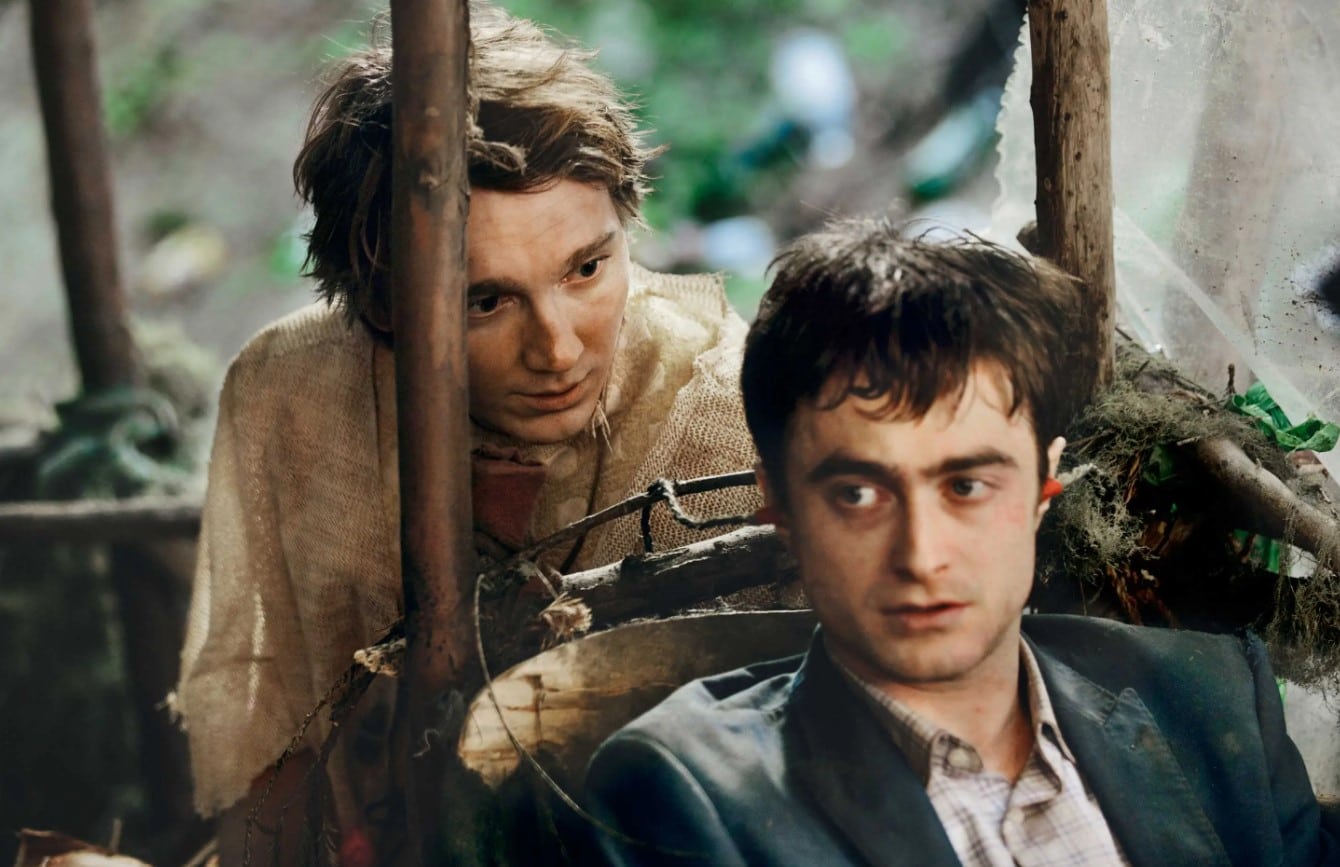
A far cry from Harry Potter, Daniel Radcliffe pushed some viewers over the edge when he played a revoltingly flatulent corpse in 2016’s Swiss Army Man. Deemed a comedy-drama adventure film, many cinema-goers were simply left aghast when Swiss Army Man turned out to be more than just your average ‘adventure’ movie.
The film is decidedly bizarre, with a scene in which Hank (Paul Dano) rides Radcliffe’s corpse in an attempt to escape the island upon which he is stranded. Things become only weirder still when Hank uses the corpse’s erection as a compass, a scene that prompted some audience members to walk out of the theatre in disgust.
10. The Woman
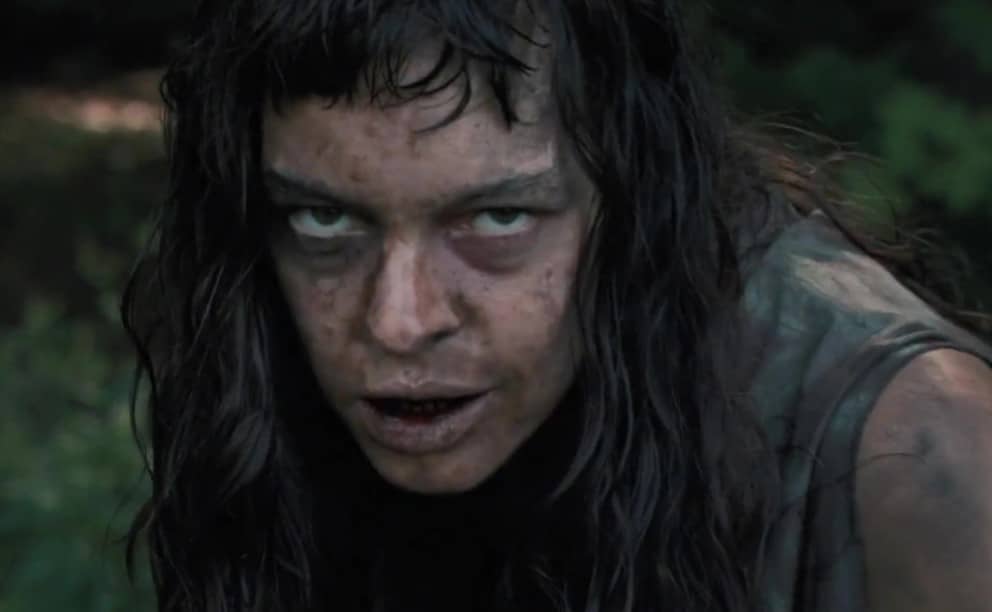
This 2011 film from director Lucky McKee, based on the novel co-written by McKee and the late horror author Jack Ketchum, raised more than a few eyebrows on its premiere. The Woman of the title (Pollyanna McIntosh) lives feral in the woods – until she is captured and taken home by seemingly clean-cut, middle-class hunter and family man Chris Cleek (Sean Bridgers).
Cleek tells his family they are going to ‘civilise’ her, but this only brings to light his abusive nature. The Woman had its first screening at the Sundance Film Festival, where it appalled some members of the audience and prompted accusations of misogyny, although the filmmakers and many critics argued that The Woman is in fact very much a feminist film.
9. The Brown Bunny
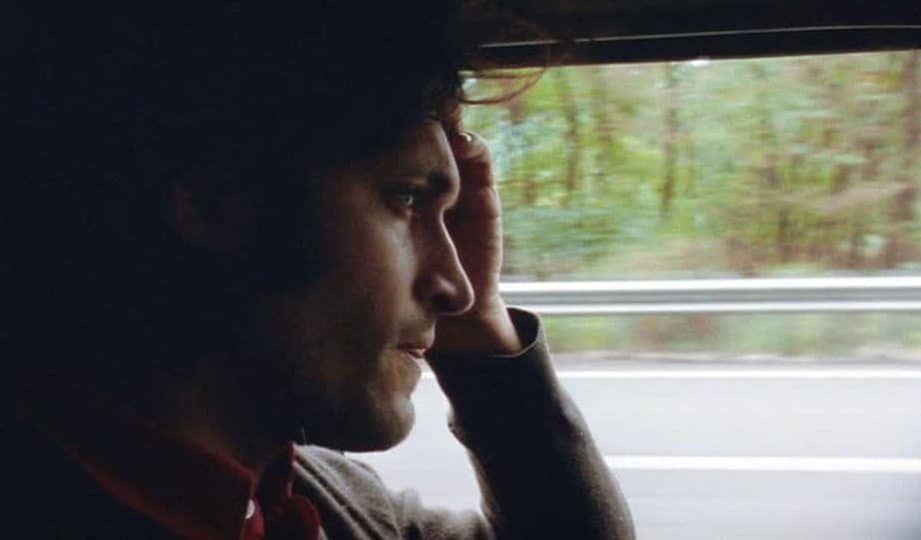
Actor-turned-filmmaker Vincent Gallo had enjoyed critical acclaim and cult status with his 1998 debut, indie drama Buffalo ’66 – and naturally he hoped to continue that winning streak with his follow-up feature. However, when Gallo’s second movie, The Brown Bunny, premiered at the Cannes Film Festival in 2003, it caused a sensation in all the wrong ways.
Starring Gallo himself as a motorcyclist on a road trip, the largely plotless film follows its protagonist from place to place at a languid pace, before a sequence towards the end in which Gallo is shown being given real oral sex by co-star Chloë Sevigny. As well as prompting walkouts, The Brown Bunny earned scathing reviews and effectively ended Gallo’s directing career.
8. Crash
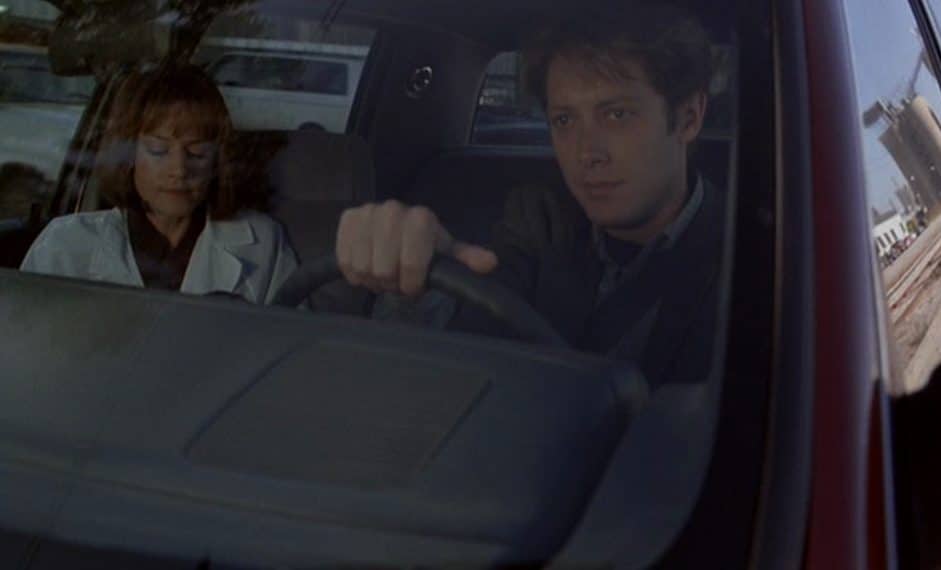
Not to be confused with the (undeservedly) Oscar-winning 2004 drama of the same name, 1996’s Crash, from director David Cronenberg, left many viewers aghast. Adapted from J.G. Ballard’s novel, the psychosexual drama starring James Spader, Holly Hunter and Rosanna Arquette centres on a bizarre subculture of symphorophiliacs – people who find car crashes sexually arousing.
The premise alone of Crash was enough to outrage many, but Cronenberg’s characteristically unflinching depiction of the story’s more lurid chapters resulted in many calls for the film to be banned outright. Despite the controversy, Crash received the Cannes Film Festival’s Special Jury Prize, with that year’s jury president Francis Ford Coppola hailing its “originality, daring and audacity.”
7. Audition
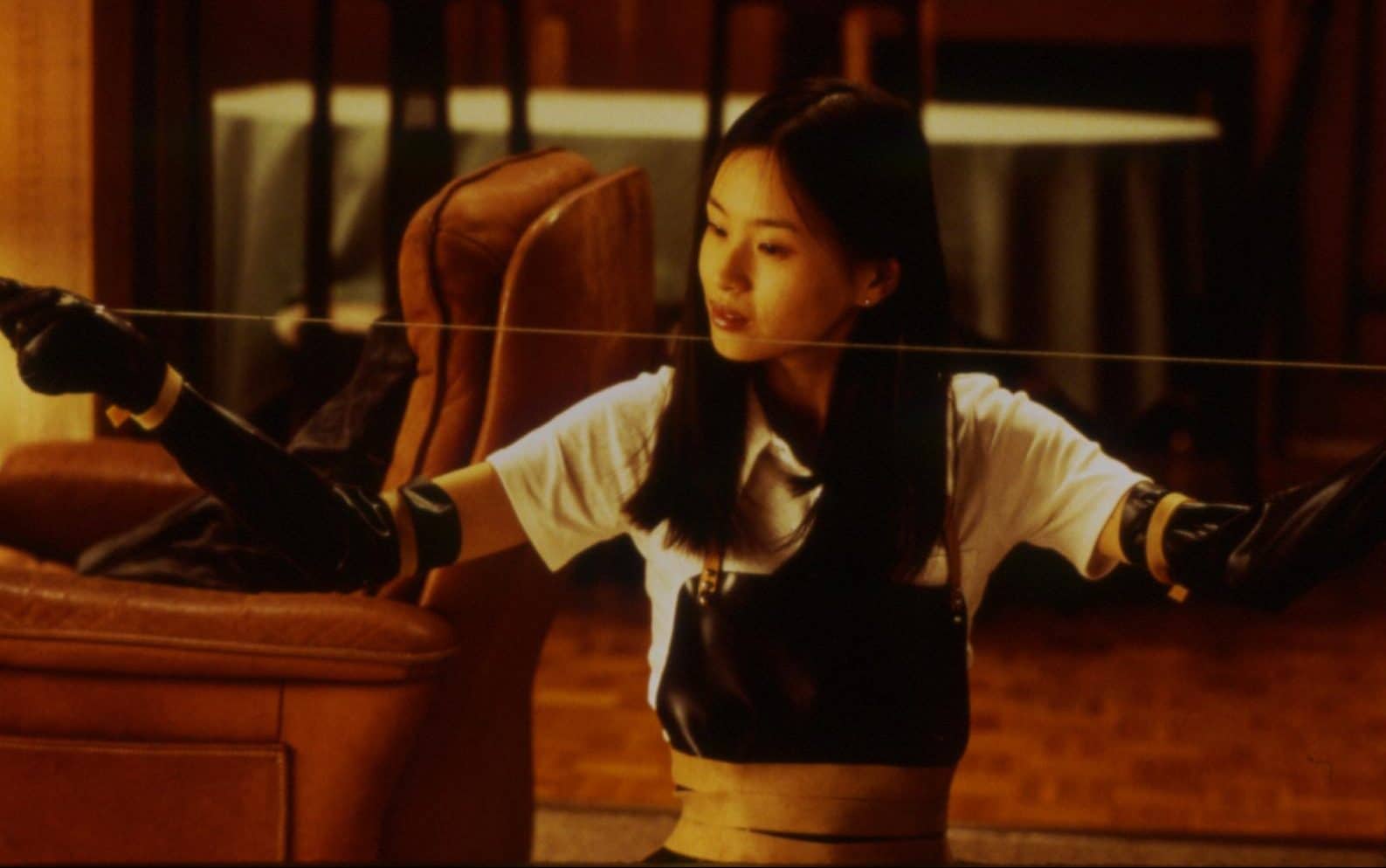
If any single film can be said to have kick-started the ordeal-based horror wave that dominated the genre in the 2000s (Saw, Hostel etc.), it’s probably Audition. A 1999 film from Japan’s premier provocateur Takashi Miike, Audition is an adaptation of Ryu Murakami’s novel about a lonely, wealthy widower (Ryo Ishibashi) who holds auditions to find himself a new wife.
The man thinks he’s found the ideal candidate in Asami (Eihi Shiina) but discovers too late that she is not what she seems. Audition’s shocking final act left some were utterly appalled, and the film’s festival screenings had more than their share of walkouts. At the Rotterdam Film Festival, it was reported that one woman in attendance screamed “you are evil!” at Audition director Takashi Miike.
6. Caligula

A biopic of one of history’s most infamously depraved figures, 1979’s Caligula was directed by Tinto Brass, and sported a prestigious cast including Malcolm McDowell in the title role, and such esteemed actors as John Gielgud, Peter O’Toole and Helen Mirren. Alas, producer Bob Guccione, publisher of Penthouse magazine, envisaged Caligula as a lavish sex film.
Guccione went behind Brass’s back to shoot explicit sexual content (none of it featuring the central cast, of course) and splicing these scenes into the film against the director’s wishes. Critics and audiences were appalled – not just by the content, but at how overlong and incoherent Caligula ended up being. It’s likely many of them walked out more out of exhaustion than repulsion.
5. The Tree of Life
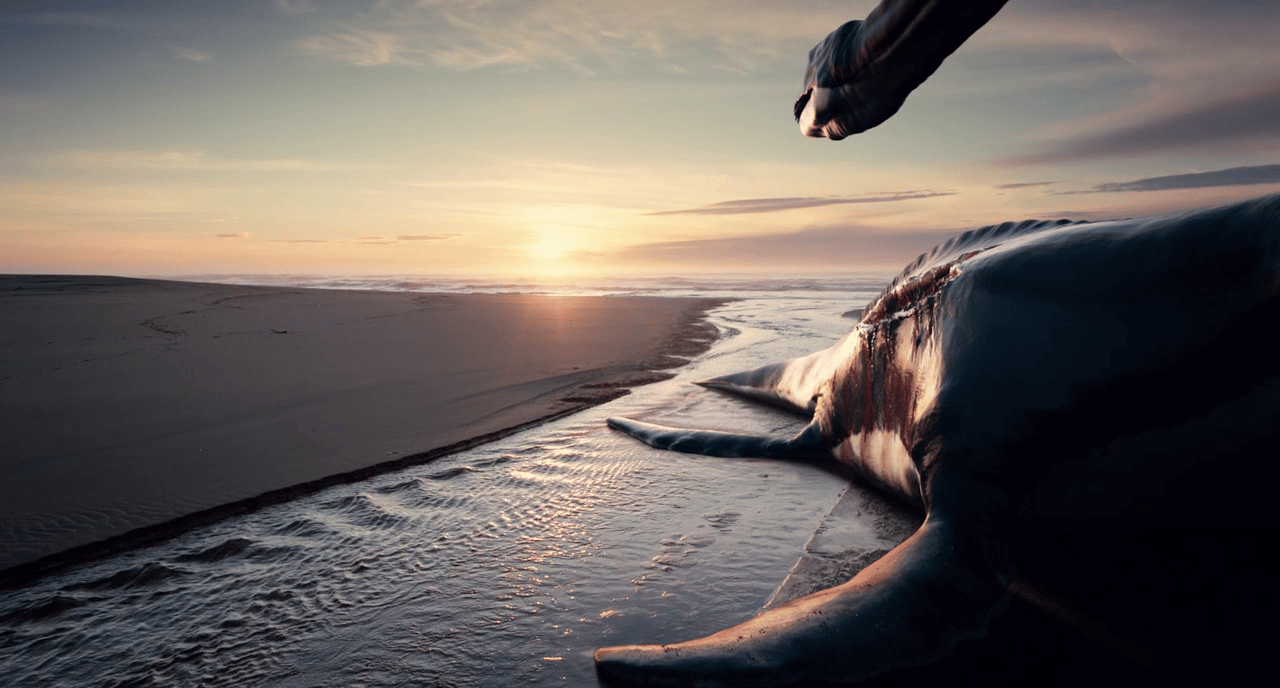
After breaking through in the 70s with Badlands and Days of Heaven, director Terence Malick took a two-decade hiatus from filmmaking. Malick seemed to be back to stay once his 2011 film The Tree of Life arrived. However, audiences were left utterly baffled and/or bored out of their minds by the slow-paced, ponderous drama, leading many to vacate their seats and demand their money back.
An experimental picture, The Tree of Life is at once a family-based drama, exploring a man’s childhood memories, and an abstract study of the origins of all life in the universe, dinosaurs included. To say that the film proved divisive would be putting it mildly. On the one hand, The Tree of Life earned some rave reviews, and picked up a few prestigious awards, including the Palme d’Or at Cannes.
4. Indiana Jones and the Temple of Doom
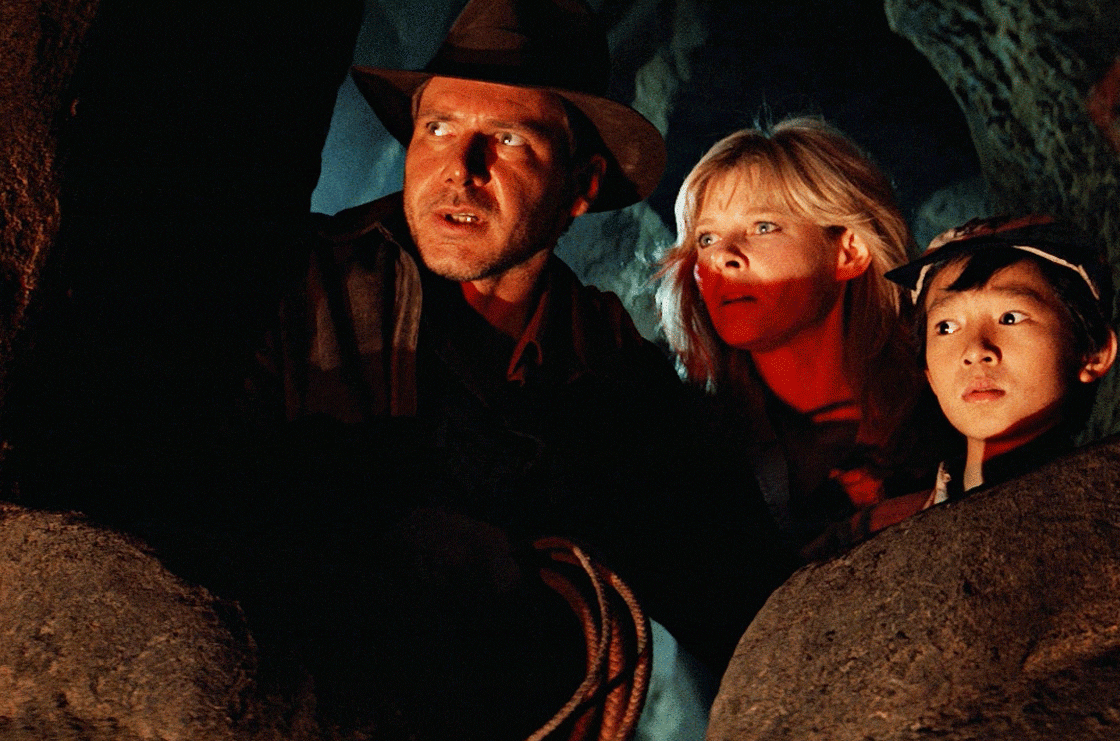
The bulk of the films mentioned thus far were always intended for an adults-only audience – but Steven Spielberg’s 1984 sequel to Raiders of the Lost Ark could only be a family-friendly affair, right. Well, up to a point – but when Indiana Jones and the Temple of Doom ventures into the dreaded subterranean temple of the title, things take a shocking turn.
It’s at this point that Harrison Ford’s Indy and his companions witness a sacrifice in which a live man’s heart is ripped out and his body is lowered into a lava pit. Hordes of outraged parents dragged their children from screenings and reacted angrily that such scenes had been allowed in a PG movie – leading Spielberg himself to suggest the introduction of the PG-13 certificate later that same year.
3. The Blair Witch Project
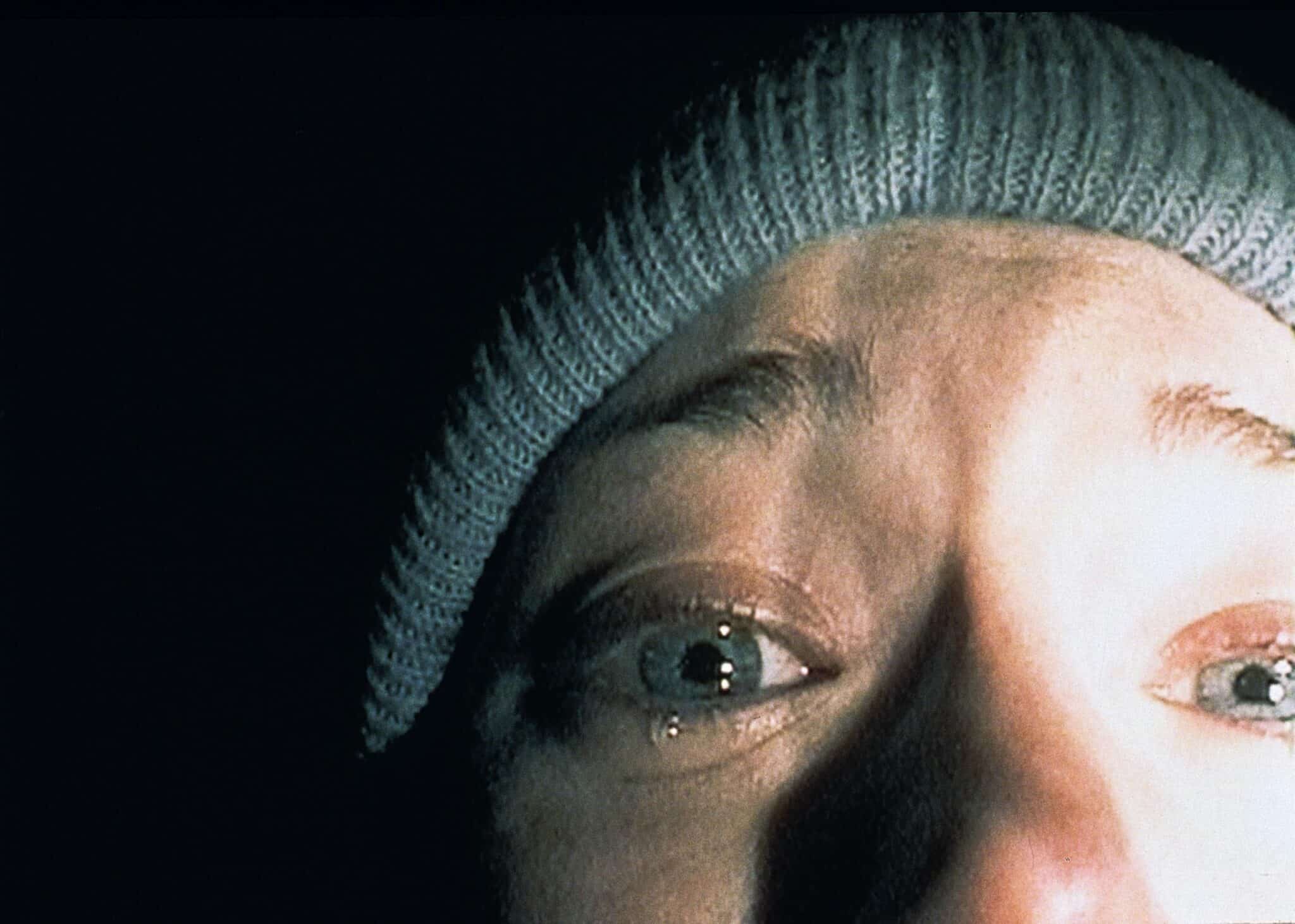
It’s easy to forget now just how massive an impact was made by this micro-budget independent horror. Word spread quickly that it was the scariest movie ever made – and much of this was down to the fact that, at its earliest festival screenings, many audience members were under the impression The Blair Witch Project genuinely featured recovered footage of real lost film students.
Some viewers, it seems, were still under this impression even when the film went on wide release, and as a result it proved more than many audience members could handle. However, while The Blair Witch Project sent plenty of viewers fleeing from the screen, it wasn’t all down to fear: some were simply left physically nauseous due to motion sickness from the perpetually shaking handheld camerawork.
2. A Clockwork Orange
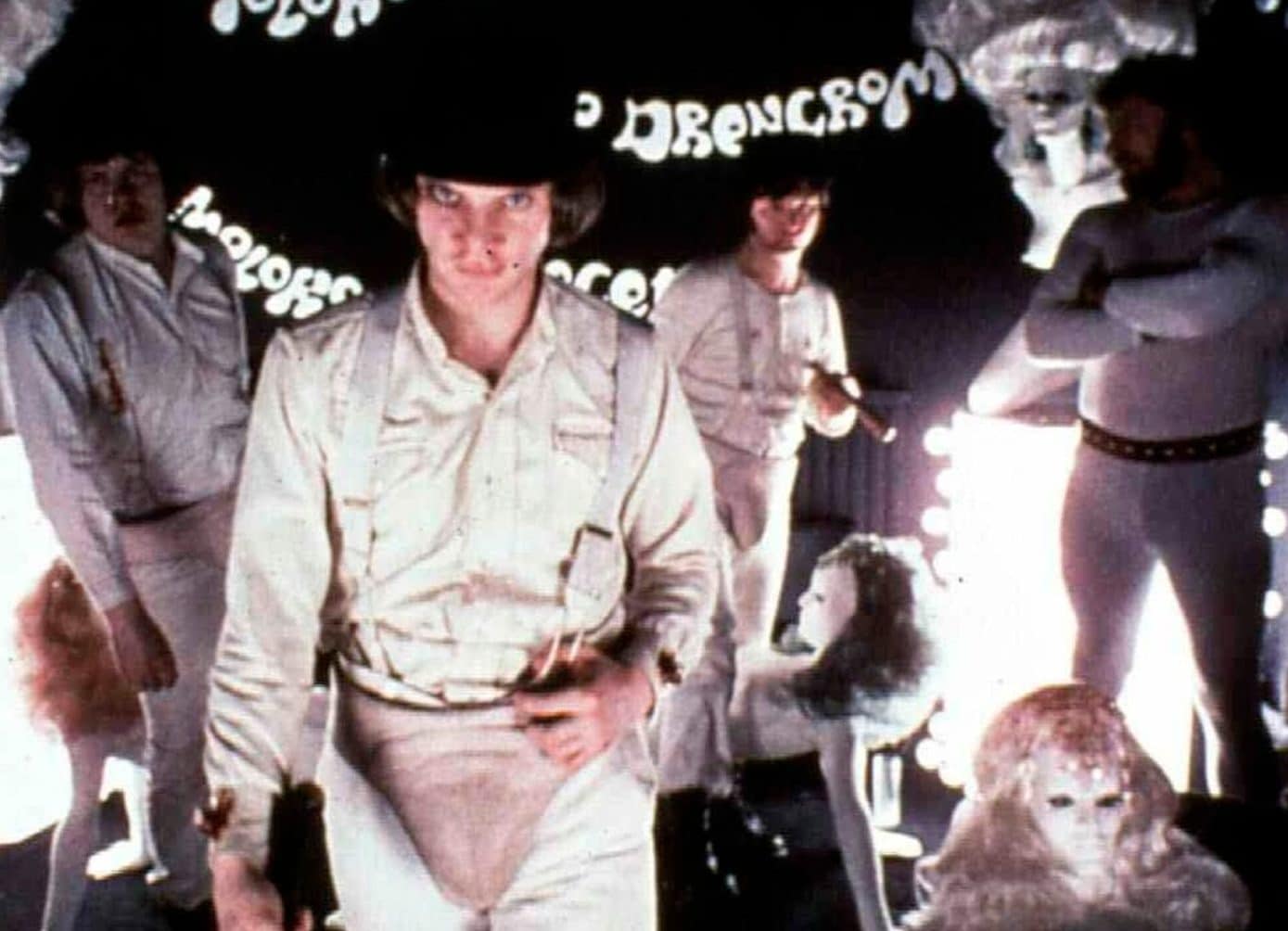
Few films have ever caused quite as much controversy as Stanley Kubrick’s 1971 adaptation of Anthony Burgess’ novel A Clockwork Orange. Malcolm McDowell stars in Kubrick’s film as Alex, leader of a belligerent gang of ‘droogs’ who enjoy “the old ultra-violence.” In Britain, where director Stanley Kubrick lived, there were widespread claims of copycat crimes.
This resulted in protests outside Kubrick’s home and threats against his family. Panicked, the director withdrew A Clockwork Orange from screenings in Britain himself This was not down to the BBFC, who had passed the film uncut. A Clockwork Orange would not be shown again in British cinemas or on home entertainment until Kubrick died in 1999.
1. mother!

By 2017, Jennifer Lawrence was one of the most famous actresses in the world, so when she teamed up with acclaimed director Darren Aronofsky (Black Swan, The Wrestler), hopes were high for a hit. It’s hard to say whether or not Lawrence and Aronofksy’s collaboration, mother!, had quite the response that they were hoping for – but if it was controversy they were after, they got it in spades.
Though promoted as a relatively straightforward horror movie, mother! proved to be an abstract Biblical allegory with scenes of violence which went a lot further than many viewers were prepared for. Some critics were impressed, but many general audience members were left confused and disgusted and walked out in droves.

